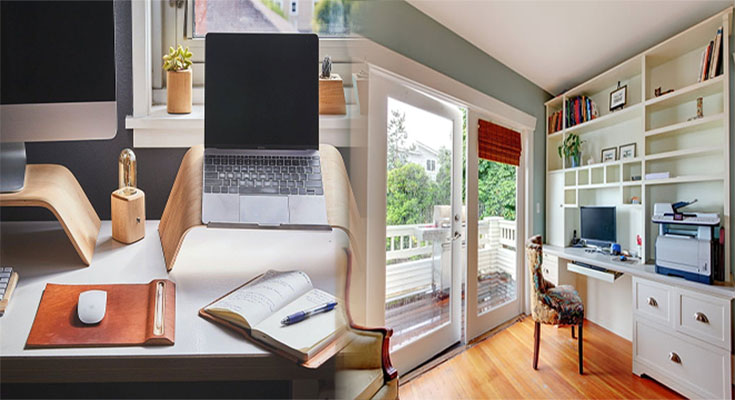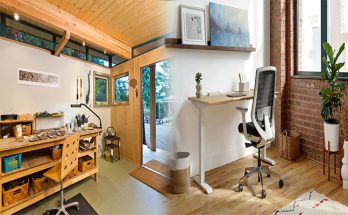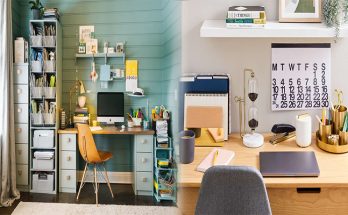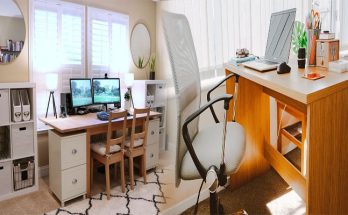In today’s modern work environment, more people are opting to work from home, making the design of a comfortable and ergonomic home office more important than ever. An ergonomically designed home office not only enhances productivity but also promotes overall well-being and comfort during long hours of work. Here are essential elements to consider when creating an ergonomic home office for maximum comfort:
1. Proper Desk and Chair:
The cornerstone of an ergonomic home office is a desk and chair that offer superior comfort and support. Invest in an adjustable, ergonomic chair with lumbar support and adjustable armrests. Pair it with a desk that allows for proper alignment of the arms and hands while typing and provides adequate space for work materials.
2. Optimal Desk Height:
The height of the desk is pivotal for maintaining proper posture. Ideally, the desk height should allow the forearms to be parallel to the ground while typing, with the wrists straight and the elbows at a 90-degree angle. This positioning minimizes strain on the wrists and arms, promoting comfort and preventing potential musculoskeletal issues.
3. Adequate Lighting:
Proper lighting is crucial for reducing eye strain and improving overall comfort in a home office. Utilize natural light whenever possible and incorporate adjustable task lighting to reduce glare and provide adequate illumination for reading and computer work.
4. Ergonomic Keyboard and Mouse:
Using an ergonomic keyboard and mouse can significantly reduce the risk of repetitive strain injuries. Select models that promote a natural hand position and provide support to minimize strain on the wrists and hands during prolonged computer use.
5. Monitor Positioning:
Position the computer monitor at eye level to minimize neck strain. An adjustable monitor stand or arm can be used to achieve the ideal height and tilt for comfortable viewing. Additionally, ensure that the monitor is positioned at an arm’s length away to reduce eye fatigue.
6. Cable Management:
Tangled cables not only create a cluttered workspace but also pose tripping hazards. Implement effective cable management solutions to keep cords organized and out of the way, creating a clean and safe work environment.
7. Comfortable Flooring:
Consider the flooring in the home office space. If using a chair with casters, opt for a low-pile carpet or a smooth, hard surface for easy maneuverability. Utilize a floor mat to provide cushioning and support for prolonged periods of sitting.
8. Accessible Storage:
Organized and accessible storage solutions contribute to a clutter-free and functional home office. Utilize adjustable shelving, filing cabinets, and desk organizers to keep essential items within easy reach, reducing the need for repetitive reaching or straining.
9. Incorporate Greenery:
Introducing indoor plants into the home office can create a calming and refreshing environment. Plants not only enhance the aesthetics of the workspace but also contribute to improved air quality and overall well-being.
10. Movement-Friendly Design:
Encourage movement and posture changes by incorporating a mix of seating options, such as a standing desk or an ergonomic stool. Alternating between sitting and standing throughout the workday can alleviate discomfort and reduce the risk of prolonged sedentary behavior.
By incorporating these essential ergonomic design elements, individuals can create a home office space that promotes comfort, supports overall well-being, and enhances productivity. A thoughtfully designed ergonomic home office not only fosters a healthy work environment but also contributes to long-term physical health and comfort during extended periods of remote work.





